AIRPOWER: Nations who managed to get their hands on adversary's most trusted weapon
By: Rishav
It is a known fact that any hardware classified under weapons category is best utilized in wars. The fear of conflicts as well as the results of conflicts somewhat lead to the foundation of some of the world's most capable weapon systems. World War 2 specially gave rise to many secret projects which were planned as a "surprise" for the adversary, either by Allies against Axis or vice versa. The conclusion of the war in 1945, with detonation of live nuclear weapons on two major Japanese towns of Hiroshima and Nagasaki, saw immediate progress made by various countries to strengthen their military to cope up with the evolving battlefield arena.
The Cold War was the time when the two only superpowers went head-to-head albeit with a restrained approach. Multiple regions saw Soviet backed forces colliding against US backed forces or US military itself, examples of which are Korean War, Vietnam War, etc.. The Cuban Missile Crisis of the early 60s was the time when tensions were at peak, but still de-escalated via diplomatic channels. However, this was also a period when some of most astonishing military concepts came to life, including the first ever stealth aircraft F-117 "Nighthawk" via "HAVE BLUE" programme and Tu-95 "Bear" heavyweight bomber, a Soviet counterpart of US B-52 "Stratofortress", that entered service in the same period.
However, the interest for foreign equipment was not dead. The experience of combat against each other's weapon in various war torn scenarios like Vietnam, the Soviet and US were reluctant to evaluate the adversary's weapon much more closely than facing them in combat. This is the reason why we now have some "declassified" examples on their acquisition either directly or via third party channels.
1. Israel: Mikoyan MiG-21 "Fishbed", MiG-17 "Fresco"
Since it's foundation in 1948 as the only Jewish state in the world, Israel has been facing constant threat from its Arab neighbours. In the past, country always had to face more than one enemy in a full fledged conflict, including 1967 Six Day war that witnessed 7 Arab countries joint approach to invade Israel, but eventually suffered defeat and lost their own territory including West Bank (including East Jerusalem) from Jordan, Golan Heights from Syria, Sinai and Gaza from Egypt.
Israel's history of winning wars is often credited to its top notch tactics employment as well as achieving essential intelligence via its premium agency "Mossad". Acquisition of enemy owned fighter aircraft in full working condition is also an example of its most secret and bold operation.
Operation "Diamond" or in Hebrew "Yahalom", officially launched in 1963 saw Mossad convincing an Iraqi Air Force pilot named Munir Redfa to bring it's MiG-21 to Hatzor Air Force Base. The Christian was already unhappy with religious discrimination he was facing from Iraqi authorities and accepted Israeli proposal after assurance of his family safety who would be transferred to Israel via secret channel.
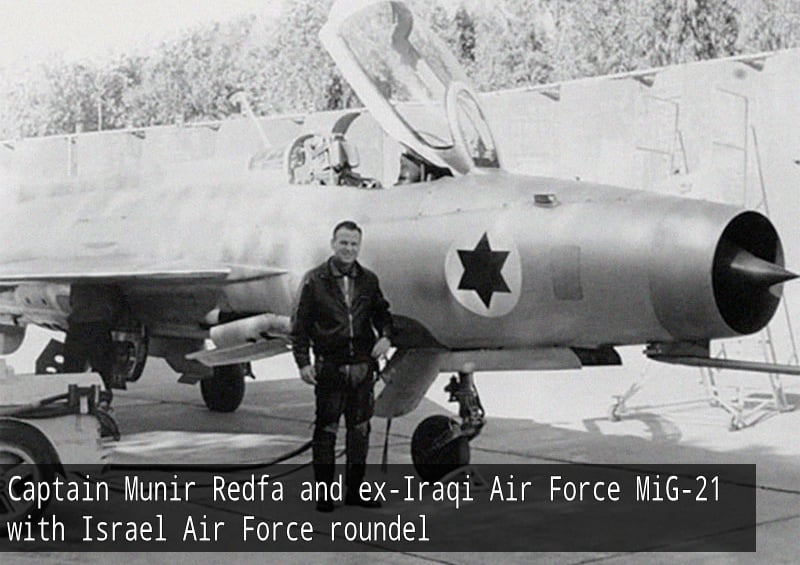

In the disguise of a routine training mission, Munir Redfa took off in his MiG-21F-13 (serial 007) on August 16,1966 and flew on a designated route into Israel. The success of this operation saw Israeli technicians and pilots evaluate the Soviet's new generation supersonic fighter aircraft. The test flight along with combat training against Israeli Air Force Dassault Mirage IIIs allowed them to frame necessary tactics to counter the machine in close combat that they eventually utilized in 1967 Six Day War, attaining air superiority against the adversary.
Today, the airframe peacefully sits in the Israeli Air Force Museum at Hatzerim Airbase in the Negev desert, reflecting its past of extraordinary services.
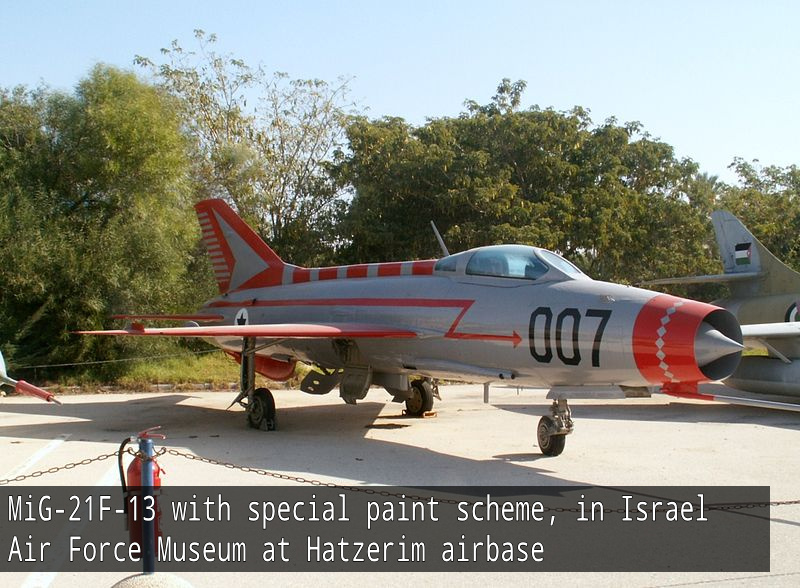

2. Soviet Union: Northrop F-5 "Tiger II"
The Bien Hoa Air Force Base established by USAF (and in control of South Vietnamese forces) was overrun by Soviet backed South Vietnamese forces in April, 1975 (the last stage of Vietnam war). The air base housed the Republic of Vietnam Air Force (supported by USA) 522nd Fighter squadron and had F-5A and F-5E jet fighters stationed. As Soviets supported the victorious faction against the US Forces, they sought the return gift after the war and finally ended up grabbing various units of the F-5E "Tiger II", the latest standard at that time. Aircraft was taken back to Russia to determine its capability against the Soviet battle machines, especially their top-notch MiG-21 "Fishbed".
A team of engineers and three pilots: Vladimir Kandaurov, Alexander Bezhevets and Nikolay Stogov from Chkalov’s Russian Flight Test Center were tasked to operate F-5 against the MiG-21 for mock dogfight. To their surprise, F-5 was more compatible to fly and fight than MiG-21, specially due to its impressive ability to fly at minimum speeds and high angles of attack. The results of all the mock dogfights disappointed the Soviets a lot as they presumed that their MiG-21 was much better than this American counterpart.
However, when engaged with MiG-23, the F-5 didn't manage to gain the superiority like that on MiG-21. The vertical maneuverability and energy was not sufficient enough to match the Flogger and hence, it lost the competition. Hence, Soviets managed to find out the sufficient pros and cons of the aircraft. After all the tests, the F-5 was later transferred for research purposes and what happened next is still classified. It is speculated that the Flanker is also inspired from the captured F-5 Tiger II to some extent.
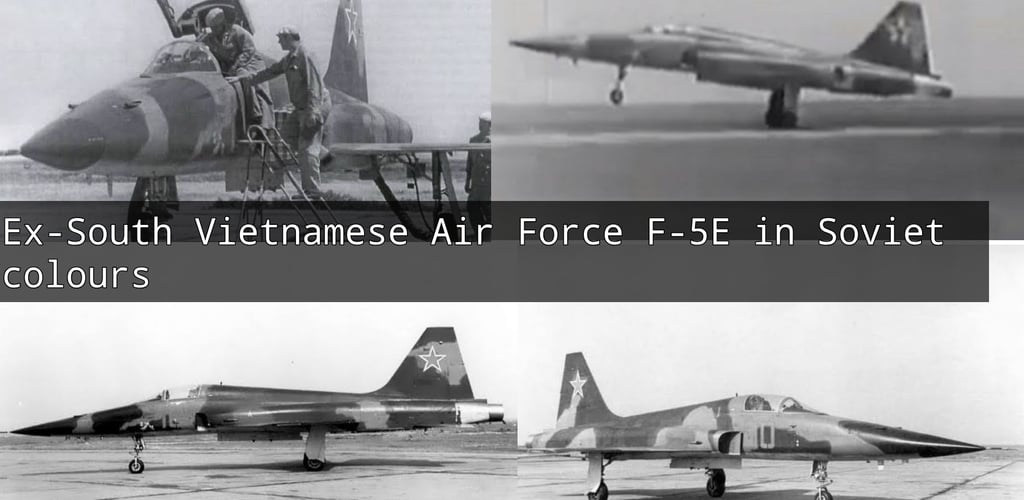

This is till now the only known example where a western origin fighter is under operation with Soviet military forces for unauthorized research purposes. The original unit of the F-5 is still preserved somewhere in Russia known as "Hangar I"
3. Pakistan: Folland Gnat
The rich history of multiple skirmishes to two full-fledged wars, Indo-Pak conflict is seen as a major issue of South Asian development. The military doctrine of both nations are generally focused to gain upper hand over each other by acquisition of arms, either on the basis of quality or quantity. Being a part of CENtral Treaty Organization (CENTO), a NATO subsidiary for the Middle East; and a major Non-NATO ally of the United States, Pakistan received satisfactory aid from the superpower, both financially and militarily. Indian approach was balanced, though more inclined to Soviet Union than NATO.
Along with multiple casualties, many rumours and unofficial reports were published regarding the incidents that occurred during the engagements between both the states since Independence. The 1965 war, first major scale conflict between India and Pakistan saw both parties utilising their best assets. Air War was also a significant component that affected the day-to-day scenario of war. The Pakistan Air Force American origin F-86 and F-104 were challenged by Indian Air Force fleet of British made Folland Gnat and Hawker Hunter aircrafts, along with Dassault Mysteres IV and De Havilland Vampires, first generation of jet fighters acquired by Indian Air Force. The Folland Gnat, even after being much smaller and less equipped than F-86, managed to cause severe loss to PAF in air to air combat due to its lighter weight and high maneuverability.
The unexpected happened on September 3, 1965. The Indian Air Force launched a strike formation of Mysteres with Gnats acting as cover but primarily tasked to target PAF interceptors. As per the plan, the Mysteres were approached by 6 F-86s and 2 F-104s, the Gnats which were initially flying low to avoid radars, gained altitude and engaged the PAF. In the midst of dogfight that ended up a Sabre severely damaged by an Indian pilot Squadron Leader Trevor Keelor, aircraft of Squadron Leader Brijpal Singh Sikand went missing with friendly fighters with no trace of its route. Sqn Ldr Sikind was low on fuel (bingo) and due to navigational error penetrated to Pakistani airspace instead of approaching the home base. This was soon followed up by precautionary landing at an abandoned airstrip near the town of Sialkot.
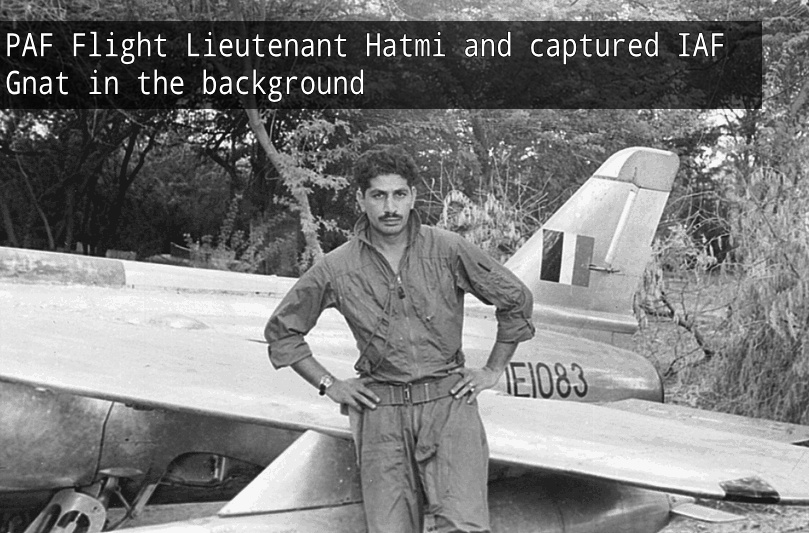

Now there are multiple theories behind the action. The Pakistani sources state that the Indian aircraft was forced to land after a F-104 intercepted it while Indian sources report that the pilot reached there accidentally due to error in navigation,that was the old school method of using maps in the cockpit instead of integrated navigation systems we find in modern platforms. According to personal records of many veterans, Sqn Ldr Sikind was unaware about his location even after his aircraft went to a full stop on runaway. If true, this is likely possible that it was indeed a human error to arrive in Pakistan instead of home base in India.
However, the fact remains that the aircraft was deeply studied in Pakistan and used for various training programmes before it was formally placed in PAF Museum Karachi as a "war trophy". The same museum where a Soviet MiG-21 is also on display.
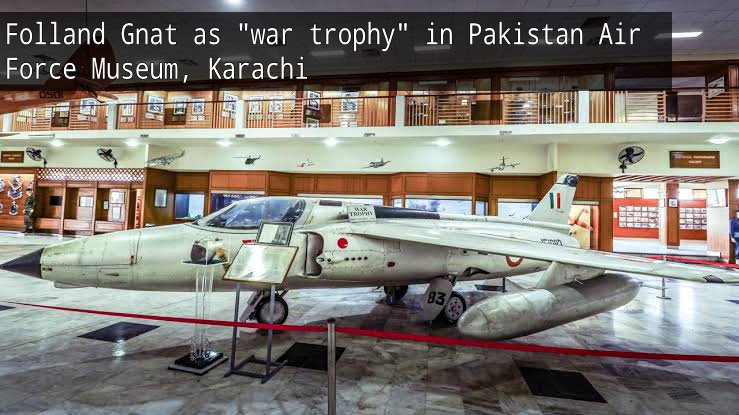

4. Afghanistan: Mil Mi-35 "Hind", MiG-21 "Fishbed", MiG-23 "Flogger" and more
The Soviet invasion of Afghanistan is still counted in one of the biggest military failures till date. The 10 year battle between Afghan based rebel groups, army and Soviet Union forces ended up the superpower losing more than what they achieved. Started in 1979, the war saw casualties of nearly 300,000+ soldiers/fighters (officially) and later the blunder made by the political leaders resulted in one of the factors for the breaking up of the USSR. As soon as Soviet's realised the drastic conditions of war and it's "never ending" nature, they were quick to withdraw all the operations in the region.


Even after the retreat of the majority of equipment, many assets were left behind and captured by the militant groups of "Mujahideen", backed by nations like Pakistan, Iran and most importantly, the NATO whose primary motive was to resist any power expansion by its rival in the region. The assets include well-known weapons, including the bulk of main battle tanks like T-55 and aircrafts like Su-7, MiG-23, MiG-21 and Su-22 the backbone of operations. It also included the renowned Mi-24 "Hind" gunships, which when armed with its load of rocket pods, earned the title of "Flying Tank". Acquiring the aircrafts, the Afghans were somewhat unclear of their actual use and much of the equipment was sold to United States in return for money and military assistance.
5. United States of America: Mikoyan MiG-17 "Fresco", MiG-21 "Fishbed", MiG-23 "Flogger", MiG-29 "Fulcrum" and more
It is not surprising to have the USA at the top whenever we enter the world of strategy and military development. US power of "money and muscle" enabled it to get the desired results in various challenging circumstances. One of which includes exclusive access to adversary weaponry.
The victory of North Vietnamese forces over South Vietnam and reunification of the country is also credited to Soviet Union that played its role by providing bulk of military and financial assistance to the communist forces. The United States Air Arm faced various shortcomings during its combat operations due to their understanding of dogfight as an "outdated" method of air combat. Famed fighters like F-4 "Phantom" were vulnerable to Vietnamese MiG-17, MiG-19 and MiG-21 fighter aircraft who were able to utilise their integrated cannon that was not present in the American counterpart. A total of 382 combat losses of the type were recorded.
Lessons from the initial phase of Vietnam War, US approached Israel who were testing the new Iraqi MiG-21 "Fishbed" captured under Operation Diamond. The US, due to their close diplomatic relations, convinced the Israelis to lend them the Fishbed for testing and in 1967 project "HAVE DOUGHNUT", the MiG-21F-13 #007 arrived in the high security US military establishment of Nevada, famously known as "Area 51" for evaluation and combat training. In the similar way, the "HAVE DRILL" programme was commenced to lease the MiG-17 aircraft for testing and training purposes.
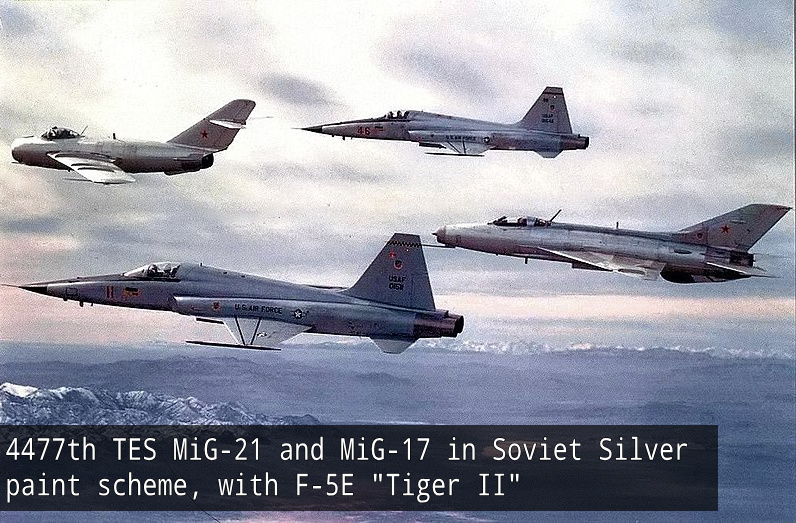

Then came other third party sources who either sold their grounded fleet of Soviet fighters to the West or CIA simply stolen it under cladestine (secret) operations. It includes Indonesia, Egypt, Morocco, Poland, Cambodia and a few more nations who were either in need of money or seeking military support from the US. Various variants of MiG-17, MiG-19, MiG-21 and MiG-23 were acquired and it led to formation of 4477th Test and Evaluation Squadron (TES). The squadron managed to provide a high quality and challenging environment to USAF and USN to understand their abilities and shortcomings against their primary counterparts, before formal retirement in 1988. Many airframes are now preserved in Air Force museums, attracting the views of visitors.
While the present status of any such unit is unknown, it is still believed that testing of Russian equipment is still in process in the US, proven by sightings of Su-27 in 2016 (eventually crashed in 2017) and MiG-29 (rumour) in the US airspace.
The acquisition and evaluation of adversaries' weapon isn't new and not yet ended. Today, the increasing rate of multinational exercises and joint training programmes allow the military powers to gain insights of many foreign origin platforms and also try to test it's own abilities against the other. However, these exercises occur under limited circumstances and nothing better than having full control over the system on which you want to dig deeper and achieve "superiority". The evolving battlegrounds demand capable tactics and strategy instead of mammoth size quantity, and the one who achieves the best out of its available equipment, is going to prevail.
